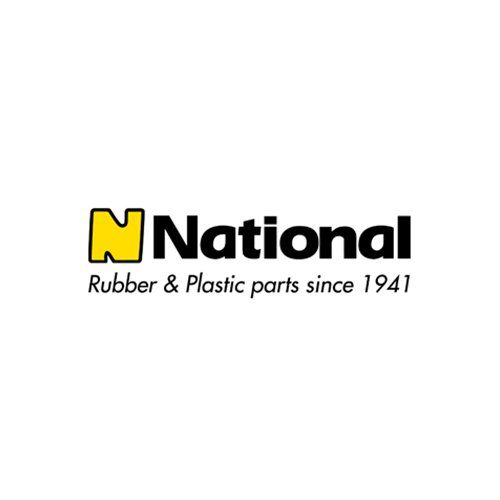SOUND ABSORPTION
Sound absorption is an important concept in space acoustics. What you want is to reduce the energy in a sound wave, which physically means that the sound energy is transformed into heat in a material, and this is called the sound absorbed in the material.
In indoor environments and workplaces where a larger number of people are staying, sound absorbers are often used in the form of ceilings, screens, baffles, furniture, curtains, carpets, plants, etc.
Absorbers are used to prevent the sound from spreading. This will shorten the reverberation in a room, which in most cases can contribute to a better working environment.
In outdoor environments sound absorbers can be used for reducing traffic noise.
How well a material works as an absorbent can be controlled by a laboratory measurement, which is performed in a reverberation room. A room with a lot of eco. Simply compare the room's own reverberation time without any product with the reverberation time after a product has been placed in the room. One then calculates how much noise a product absorbs by calculating the absorption factor or identifying the absorption area the product has. This means that you can measure a material or product regardless of its appearance. Usually, the reverberation time is measured by sounding on to a constant level and then switching off and the reverberation time is since the time it takes to reduce by 60 dB. Simpler comparative measurements of sound absorption in order to determine whether a material is better than another can also be done by measuring in the impedance tube.
The standards we use and are accredited for current laboratory measurements of sound absorption are SS-EN ISO 354, SS-EN ISO 11654, SS-ISO 20189, SS-EN 1793-1 and SS 25269.
For impedance tube measurement we are not accredited. The measurements can be performed both according to standard SS-EN 10534-1 and SS-EN 10534-2.












